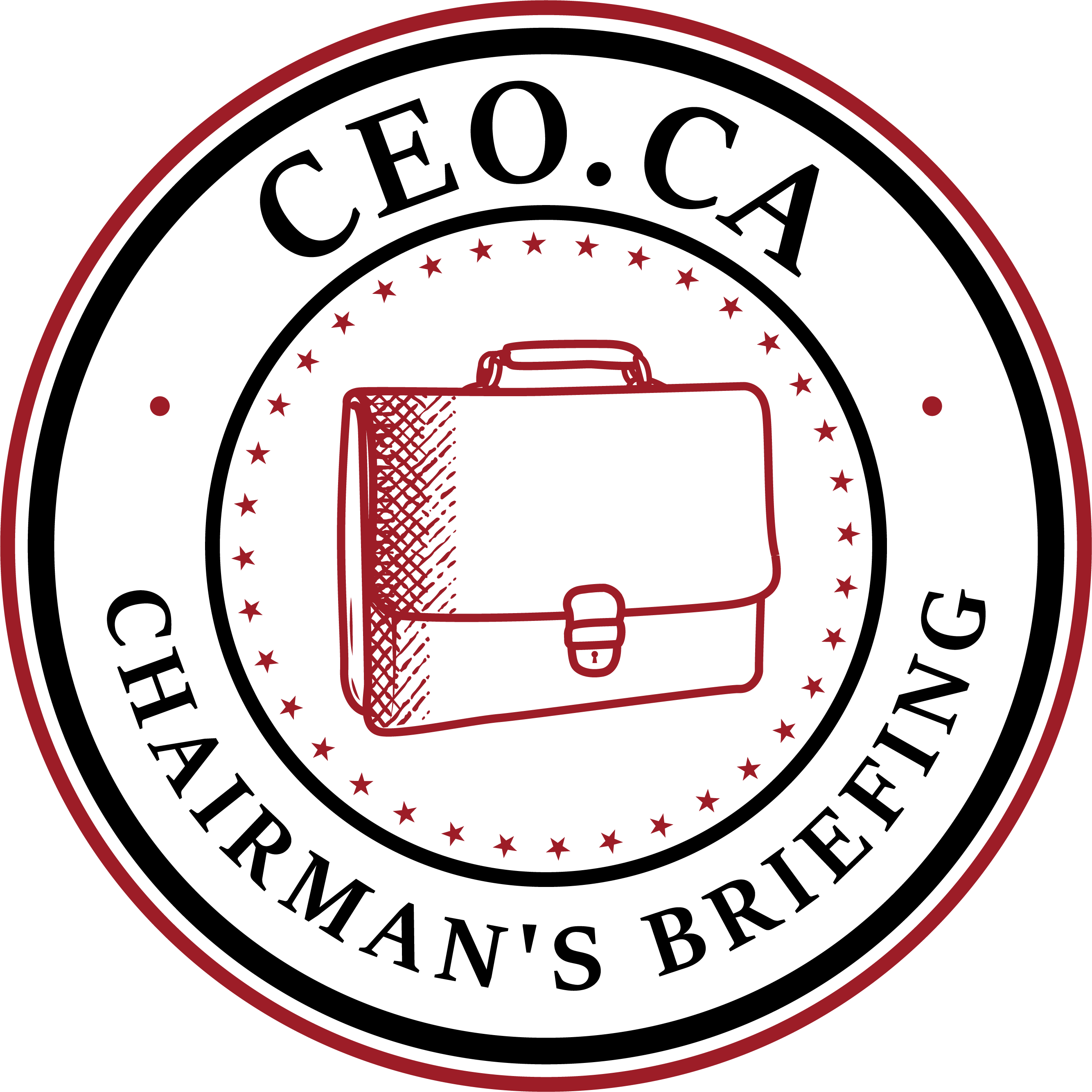Pedal to the metal — Tesla surprised everyone with its third-quarter earnings report late Wednesday, showing a 9% increase in quarterly profit. This rounding off a month of major announcements for the EV giant, investors are celebrating the company's strong growth and profit figures.
Here’s what the company reported compared with Wall Street’s expectations:
The electric car company posted a 17% rise in net income, hitting $2.2 billion for the September quarter — a surprise beat of estimates. Tesla’s earnings per share came in at 72 cents, adjusted, marking a 9% increase year-over-year and surpassing Wall Street’s projected range of 48 to 58 cents. Revenue jumped 8% to $25.2 billion, up from last year’s $23.4 billion, though it narrowly missed the consensus estimate of $25.4 billion.
It was a much-needed strong quarter for the company, which has been struggling to win over investors — especially after the recent Robotaxi event fell flat. Disappointed by the lack of details at the event about plans for self-driving robotaxis, investors had previously sold off Tesla stock. But after the earnings report, shares surged about 9% in after-hours trading.

Impressing, right? Don't rush the matter.
The company also reported a 6% increase in sales volume, which is relatively modest for a carmaker that not long ago was boasting 50% annual growth in vehicles sold. It’s far below the 20% to 30% growth rate that CEO Elon Musk told investors to expect for next year.
So, where did the higher profits come from? It wasn’t from selling more cars. Instead, the gains came from successfully lowering the cost of manufacturing vehicles. Tesla said the average cost per vehicle dropped to its lowest level ever, at $35,100 — a $2,400, or 6%, decrease from a year ago. Tesla has been leading a price-cutting war in the EV sector, responding to rising competition.
As for revenue growth, it wasn’t driven by car sales either. Revenue from Tesla’s traditional car business only rose 1% compared to last year. However, Tesla saw a $185 million, or 33%, increase in revenue from selling regulatory credits. Tesla, with its all-electric lineup, sells these credits to legacy automakers that primarily sell gas-powered cars and haven’t met emissions standards. These sales were slightly down from the second quarter, though.
Still, things are looking better than ever — Elon Musk gave a rare glimpse into Tesla’s future outlook, in his own way. While the billionaire CEO didn’t set a specific sales target for 2024, he did say the company expects to sell more cars than it did last year. This should lead to a record number of sales in the current quarter.




